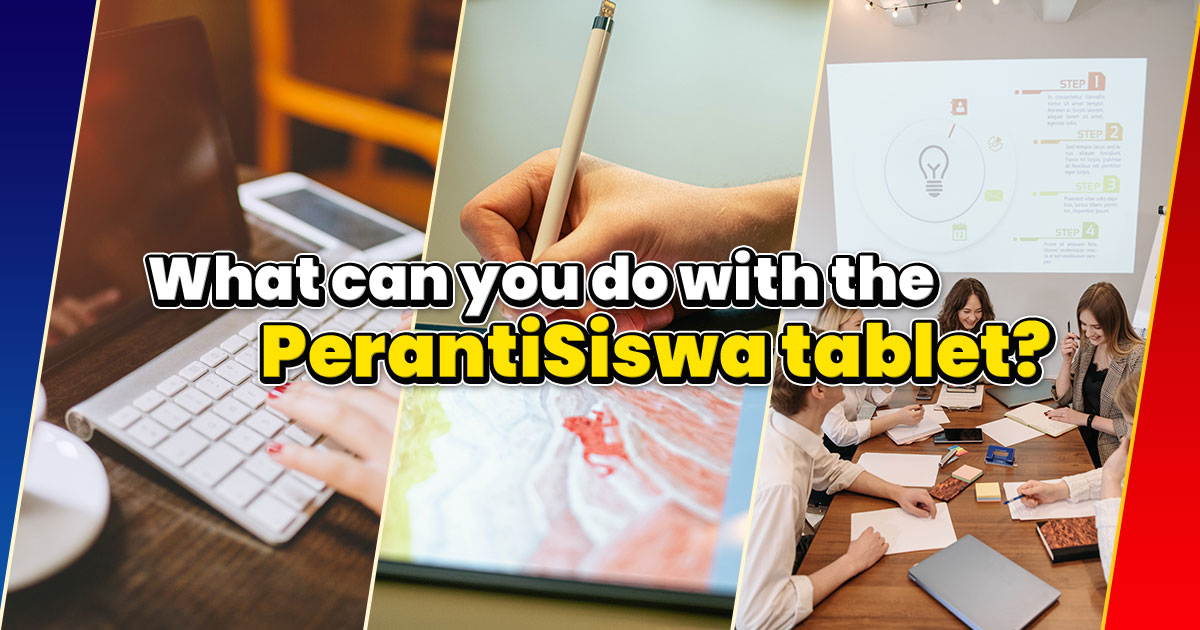
Earlier this month, the government announced that it would distribute tablets to students. The plan is to provide B40 students taking courses in local colleges and universities with a device that can be useful for their studies.
But what can you do with such a tablet? Based on the info provided, the distributed tablets are entry-level tablets with decent specs. If there are no locks or restrictions in place, you should have the freedom to install any apps you need. Here's what you students can do with the PerantiSiswa tablet.
Creating documents for your studies
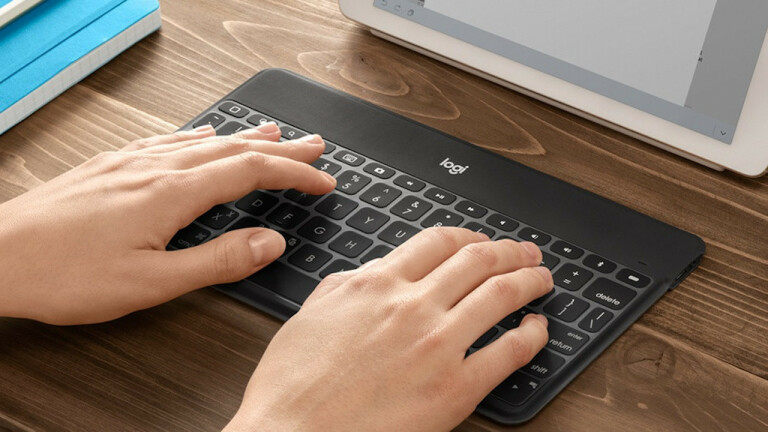
Bluetooth keyboard for easier typing on the tablet (image from Logitech)
Don't have a laptop with you? Then chances are you'd have to take notes the old fashion way. But with a tablet, you won't need to worry about ink or paper. After all, the PerantiSiswa programme will provide you with a Bluetooth keyboard.
This means you can type while in class without shelling out money for a laptop. Apps like Microsoft Office or Google Drive are suitable here, as they provide you with productivity tools like a word processor and spreadsheet manager.
Writing or sketching with ease
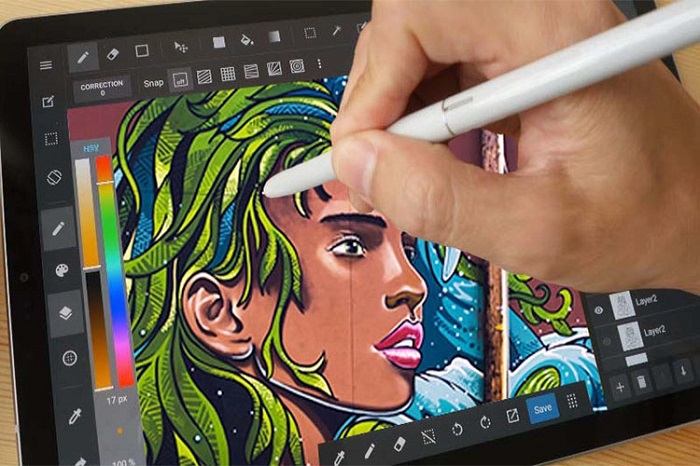
Drawing with the stylus (image from EssentialPicks)
Most students learn how to type documents, and many also learn how to create spreadsheets. But sometimes, they also need an app that lets them manually sketch, write, or draw. That's where the included stylus comes in.
With the tablet and stylus from the programme, you can use apps like Evernote, Microsoft OneNote, and more to write, sketch, and draw. That's right, you essentially ditch the need to use paper! This is great because digital files are easier to keep track of than pages in a notebook.
Simple presentations when needed
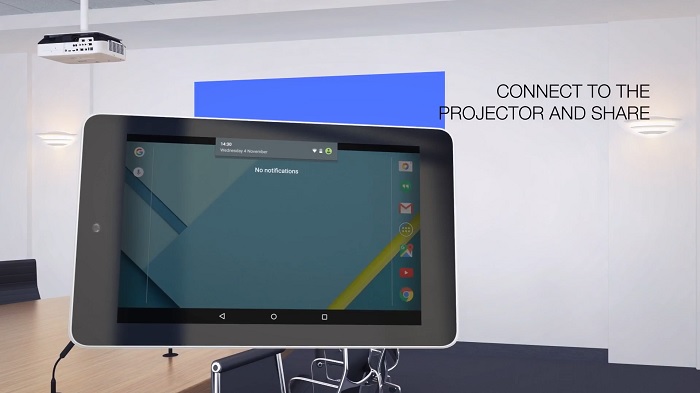
Tablets can connect to projectors too (image from Epson)
If you're a student, there's one thing you'll learn how to do during your course - give a presentation. A laptop is usually the best option since all you need to do is plug it in. So how about tablets?
It's not confirmed if the PerantiSiswa tablets come with wireless casting but they should. Even if it doesn't, a USB-C to HDMI cable isn't too expensive. You can get one and conduct your presentations just as easily as with a tablet.
Camera convenience

You can use the tablet for online meetings (image from DepositPhotos)
Are your lecturers erasing things from the board too quickly? Too lazy to type your notes? Well, that's fine too! Since tablets come with cameras, you can use the rear camera on the PerantiSiswa tablet to take a snapshot of your lecture notes.
Another way to use the cameras is for online meetings. With the front camera, you can participate in online classes or meetings via apps like Google Meet or Zoom. This is also useful for meetings for group assignments when there are members who are unable to come to a physical meeting.
No more heavy textbooks
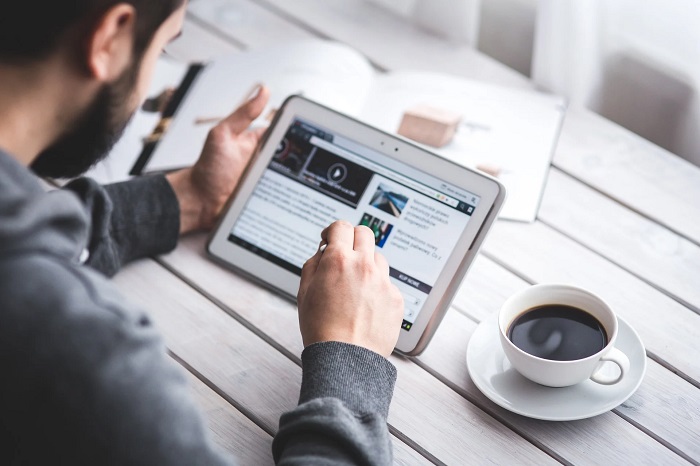
A tablet is useful for reading too (image from Technobeez)
How about your studies in general? Back in the day, most of us would need physical textbooks. But that's no longer necessary these days. By using an e-book app like Kindle, you can download digital versions of your textbooks to a tablet. This removes the need to carry heavy textbooks and is overall more convenient.
As you can see, an Android with a larger screen lets you do more than just watch videos or play some mobile games. It's also an excellent device that benefits students. This is a great programme for students, so do take advantage of it if you fulfil the requirements.
The government has already launched a registration page, so you can check that out here. But with that said, what do you think about the programme? Let us know in the comments, and stay tuned to TechNave for more articles like this.





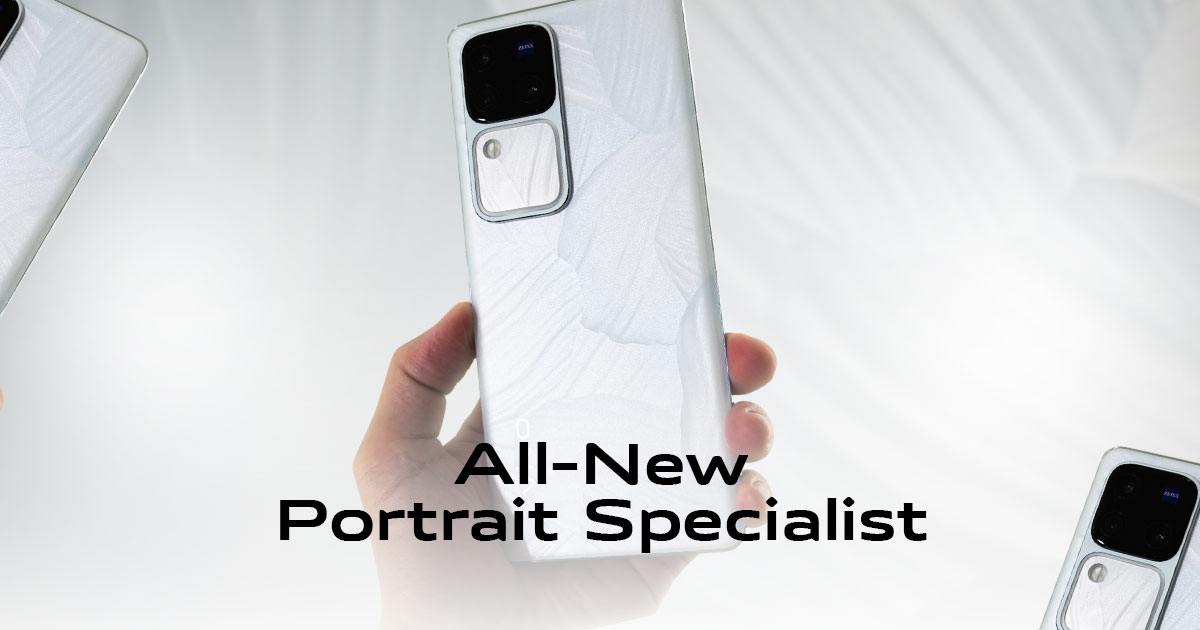
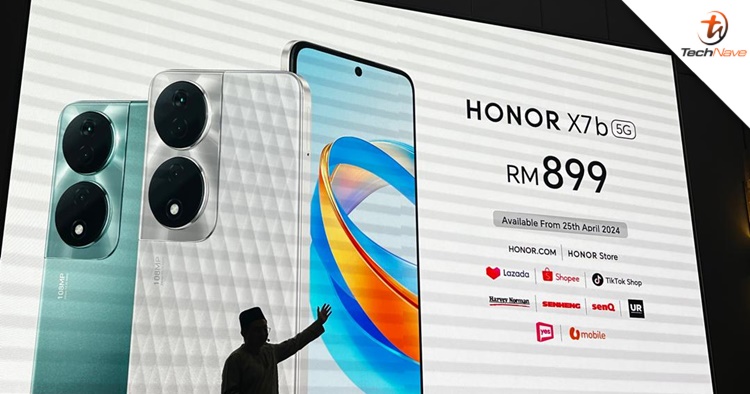
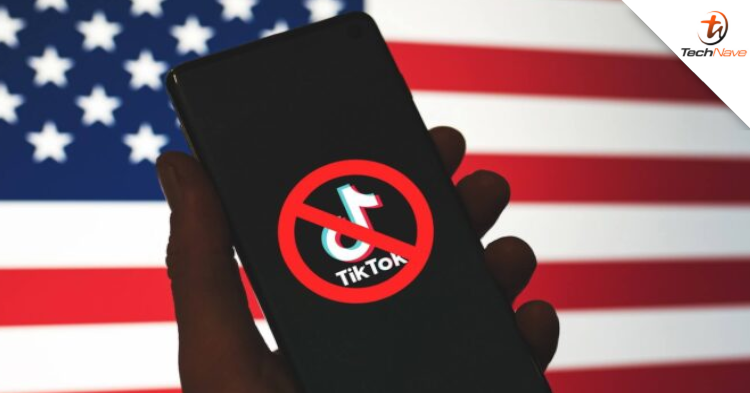
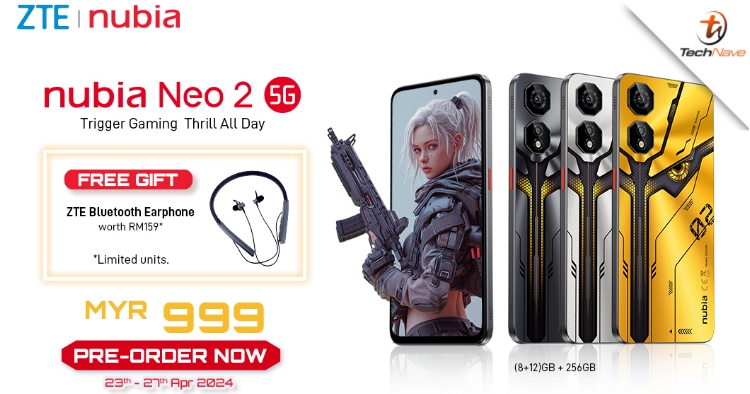
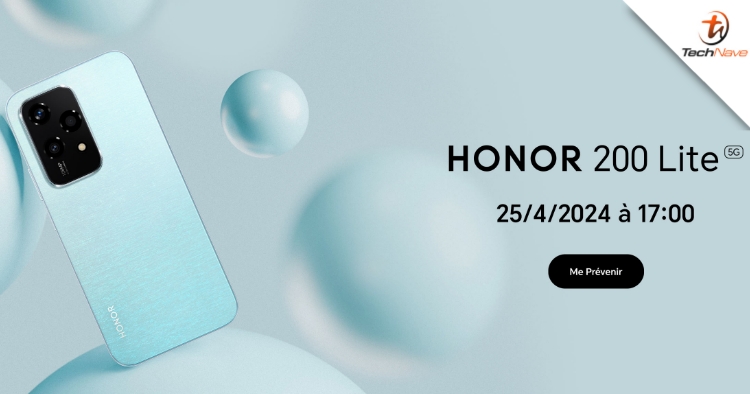



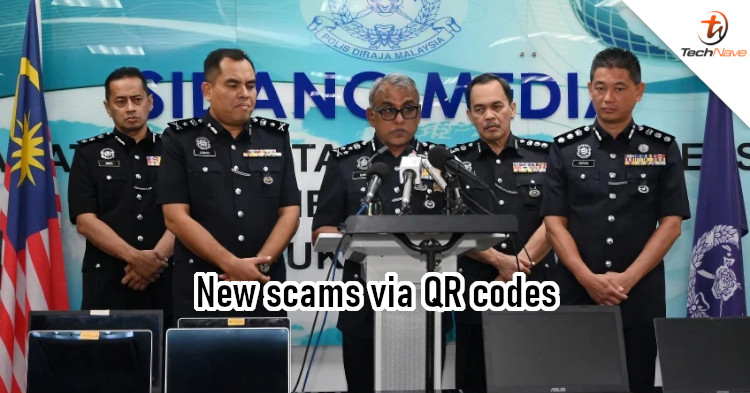

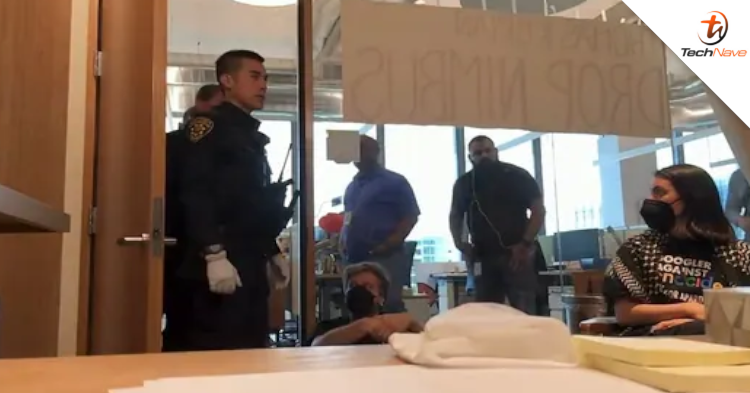
COMMENTS